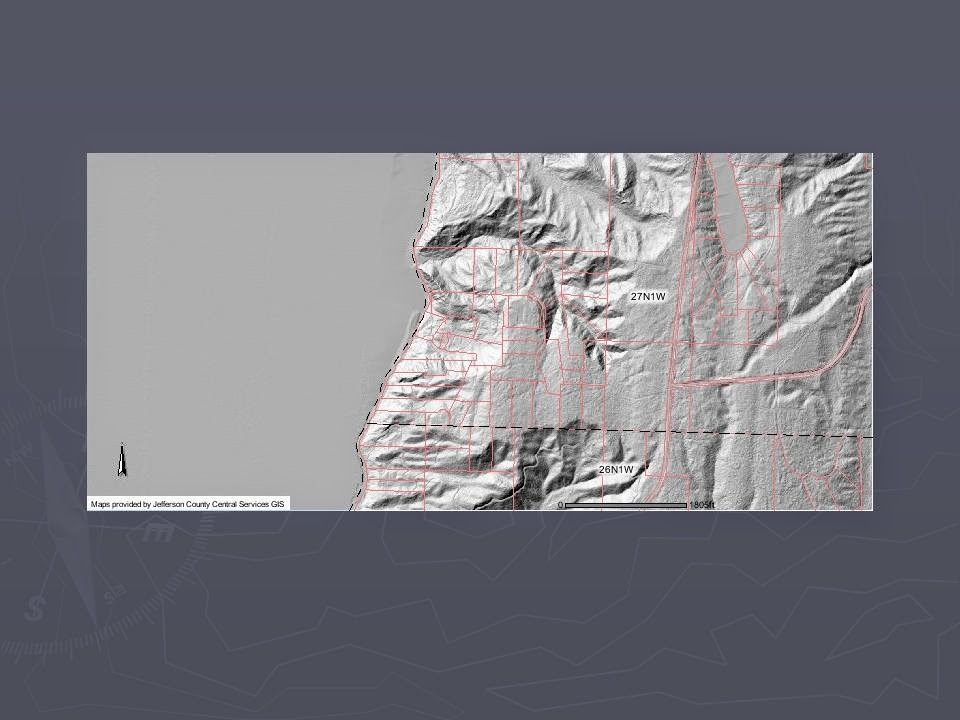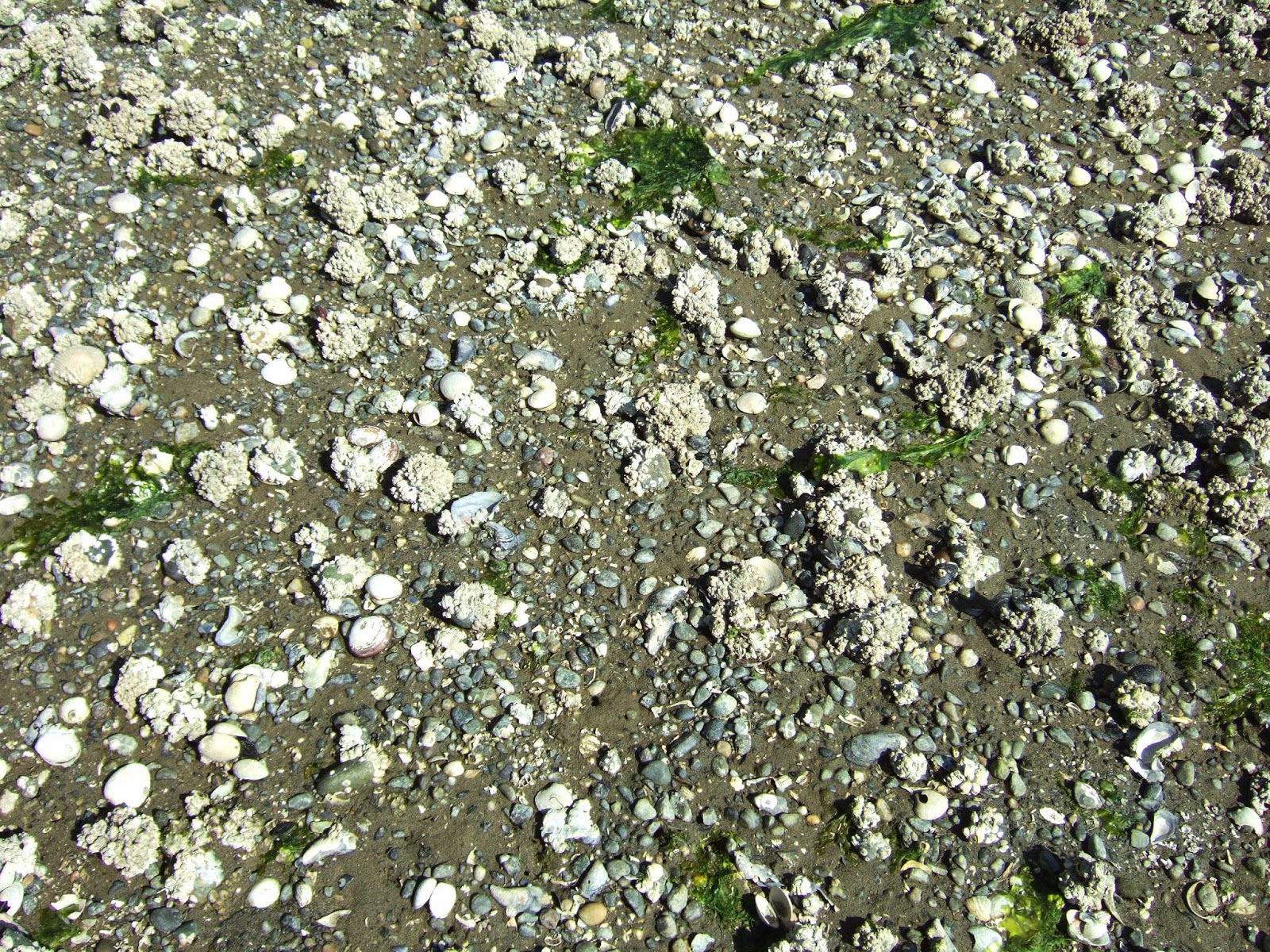I got to revisit a reach of shoreline that I had not seen for a few years, but have visited numerous times in the past on the east shore of the Bolton Peninsula or the west side of Dabob Bay.
Like much of the Bolton Peninsula, the shore here is fronted with very steep and fairly high bluffs. The forested slope on this reach is a bit deceptive. There a cliffs within the trees and access requires knowing the routes that are passable, local permission or trespass. The route I took on this trip is not very advisable and required a high tolerance for getting scratched up. But, I did have the beach to myself which has always been the case at this reach.
The bright green trees are mostly red alder and mark some of the more recent thin slope failures that have taken place at this shore reach. The bluff is underlain by very hard compact glacial drift and glacial outwash some of which appears to be at least a couple of ice ages old based on the hardness as well as stratigraphy of two tills being present on the slope at a couple of nearby sites.
My first visit to this shore reach was in 1998 and at the time there was a lot more bluff exposure. A great many landslides had taken place on this reach and throughout the area due to a some remarkable snow/rain storms. Since then there has been little action and the the beach is stable and little if any erosion has taken place at the toe of the slope in part due to the large sediment influx that was contributed by all the 1997 though 1999 landslides.
The really big landslide of the area is a across the bay and I had a nice view of the old scarps on the Toandos Peninsula.
Large landslide scar above Dabob Bay
I've been to this slide a couple of times and did an evaluation of the stability of the slopes at several points along the bluff. The big failure is in the center of the above image. At that location the entire bluff collapsed. The trees on the lower bluff have grown up on part of the landslide deposit since the bluff collapse in 1998. The top of the collapse is 400 feet above the bay and the width of the slide area was 1,400 feet. Additional slide areas were located immediately adjacent to the slide. A resident on the Bolton side of the bay told me the wave height from the slide that reached their shore was 7 feet high.
The geology of this slide is rather unique. The entire bluff at that location is sand. It is somewhat compacted, just enough to hold a steep slope - for awhile. I noted bits of charcoal within the sediment on the bluff suggesting a non glacial interval. The site suggested a valley cut into older compact geologic units and then filled with sand over a relatively short time frame.




























































